You've probably been there – standing in your backyard after a sudden downpour, staring at your soggy outdoor cushions and wondering if those "waterproof" claims were just marketing fluff. I get it, and you're not alone in questioning whether waterproof outdoor cushions actually work as advertised.
The short answer? It's complicated. While truly waterproof outdoor cushions do exist and can be incredibly effective, the market is flooded with products that stretch the truth about their water-resistant capabilities. After years in the outdoor furniture industry, I've seen countless customers make costly mistakes because they didn't understand the nuances of waterproof technology.
Let me share what I've learned about waterproof outdoor cushions – the good, the bad, and the surprisingly complex science behind keeping your outdoor seating dry and comfortable.
The Science Behind Waterproof vs. Water-Resistant: Why Labels Matter
Here's where things get tricky – not all "water protection" is created equal. The outdoor furniture industry uses terms like "waterproof," "water-resistant," and "water-repellent" almost interchangeably, but these distinctions make a huge difference in real-world performance.
Understanding Water Resistance Ratings
Professional waterproof testing uses specific metrics. According to the American Association of Textile Chemists and Colorists, true waterproof fabrics must withstand water pressure of at least 1,500mm without any water penetration. Many outdoor cushions labeled as "waterproof" actually fall into the water-resistant category (300-800mm), which means they'll handle light rain but struggle with heavy downpours or prolonged exposure.

I've tested dozens of cushion fabrics over the years, and the difference is striking. Truly waterproof materials maintain their protective barrier even after months of UV exposure, temperature fluctuations, and mechanical stress from regular use. Lower-grade "water-resistant" fabrics often lose their effectiveness within a single season.
The Technology Behind Effective Waterproofing
Modern waterproof outdoor cushions typically use one of three technologies:
- Solution-dyed acrylic with DWR coatings – The most common approach, offering good durability and breathability
- Polyurethane-backed fabrics – Provides excellent water barrier but can trap moisture underneath
- PTFE membrane systems – Premium option that's both waterproof and breathable, but significantly more expensive
The key insight here is that effective waterproofing isn't just about the surface coating – it's about the entire fabric construction, seam sealing, and even zipper quality if your cushions have removable covers.
Real-World Performance: What Actually Happens to Your Cushions
Let's talk about what really matters – how these cushions perform in your backyard, not in a laboratory. I've collected feedback from hundreds of customers over the past five years, and the patterns are pretty clear.

The First-Year Performance Test
Most waterproof outdoor cushions perform admirably in their first year. The protective treatments are fresh, seams are intact, and the fabric hasn't experienced significant UV degradation. This is when you'll see those impressive water-beading effects that make you feel confident about your purchase.
However, the second year tells a different story. This is when the quality differences become apparent. Premium waterproof cushions maintain their protective properties, while budget options often start showing signs of water penetration around stress points like seams and corners.
Pro tip: The real test isn't how your cushions handle a light summer shower – it's how they perform during a week-long stretch of intermittent rain and high humidity. That's when you'll discover whether you invested in genuine waterproof protection or just expensive water-resistant marketing.
Common Failure Points
From my experience, waterproof outdoor cushions typically fail in predictable ways:
- Seam degradation – Even with sealed seams, repeated expansion and contraction eventually creates tiny gaps
- Zipper infiltration – Standard zippers are rarely waterproof, creating entry points for moisture
- Foam saturation – If water does penetrate, standard polyurethane foam takes forever to dry and can develop odors
- UV breakdown – Prolonged sun exposure degrades waterproof coatings, especially on darker colors
Understanding these failure modes helps explain why some customers swear by waterproof cushions while others feel disappointed. It's not just about the fabric – it's about the entire construction approach.
The Hidden Costs of "Cheap" Waterproof Cushions
Here's something the furniture industry doesn't want you to know – the gap between genuinely effective waterproof cushions and budget alternatives isn't just about initial performance. It's about total cost of ownership over 3-5 years.

The Replacement Cycle Reality
Budget waterproof cushions typically need replacement every 1-2 years, especially in climates with significant rainfall or humidity. When you factor in the hassle of shopping, ordering, and disposing of failed cushions, that $50 "bargain" quickly becomes a $150+ ongoing expense.
Quality waterproof cushions with proper construction can last 4-6 years or more, even with minimal maintenance. The upfront investment might sting, but the long-term economics are compelling.
Health and Comfort Considerations
This is where things get serious. Failed waterproof cushions don't just get wet – they become breeding grounds for mold, mildew, and bacteria. I've seen customers develop respiratory issues from prolonged exposure to contaminated outdoor cushions.
Additionally, once moisture penetrates foam cores, it rarely dries completely. This creates persistent odors and an uncomfortable clammy feeling that makes your outdoor space less enjoyable.
Material Deep Dive: What Makes Some Cushions Actually Waterproof
Let's get technical for a moment because understanding materials helps you make better purchasing decisions. Not all waterproof technologies are suitable for outdoor cushion applications.
Acrylic vs. Polyester: The Foundation Matters
Solution-dyed acrylic remains the gold standard for outdoor cushions, and there's good reason why. Unlike polyester, which relies heavily on topical coatings for water resistance, acrylic fibers are naturally mold and mildew resistant. When properly treated, acrylic fabrics maintain their waterproof properties longer and degrade more gracefully over time.

Polyester can achieve impressive initial waterproof ratings, but the coatings required to make it truly waterproof often compromise breathability. This leads to moisture buildup inside the cushion, which defeats the purpose of waterproof protection.
The Breathability Paradox
Here's a counterintuitive fact – the best waterproof outdoor cushions are also breathable. This seems contradictory, but it's essential for long-term performance. Non-breathable waterproof barriers trap moisture vapor from humidity and temperature changes, leading to condensation inside the cushion.
Premium waterproof treatments allow water vapor to escape while blocking liquid water. This keeps cushions dry from both external rain and internal moisture buildup.
Seasonal Performance: How Weather Patterns Affect Waterproof Effectiveness
Your geographic location dramatically impacts how waterproof cushions perform. What works great in Phoenix might fail miserably in Seattle, and vice versa.
High-Humidity Environments
If you live in areas with high humidity (think Florida, Gulf Coast, or Pacific Northwest), breathability becomes crucial. Non-breathable waterproof cushions can actually perform worse than quality water-resistant alternatives because they trap humid air inside.
For these climates, I recommend looking for waterproof cushions that specifically mention moisture vapor transmission rates. You want protection from rain while allowing trapped humidity to escape.

UV-Intensive Regions
High-UV environments like the Southwest present different challenges. UV radiation breaks down waterproof coatings over time, with cheaper treatments failing within months. Look for cushions with UV-stable waterproof treatments and consider lighter colors, which reflect heat and reduce degradation.
Interestingly, some premium waterproof treatments actually become more effective with moderate UV exposure as the coating cross-links and becomes more durable. This is why quality cushions often perform better in their second year than immediately after purchase.
Maintenance Myths and Reality
The outdoor furniture industry perpetuates several myths about waterproof cushion care. Let me set the record straight on what actually works.
The "Hose Off and Air Dry" Fallacy
Marketing materials often claim you can simply hose off waterproof cushions and let them air dry. While this works for surface dirt, it's inadequate for maintaining waterproof properties.
Effective maintenance requires periodic deep cleaning with pH-neutral cleaners that don't strip protective coatings. I recommend cleaning waterproof cushions every 6-8 weeks during active use periods, not just when they look dirty.

Re-treatment Reality
Despite manufacturer claims, most waterproof treatments degrade over time and benefit from periodic re-application. However, not all aftermarket waterproofing sprays are compatible with existing treatments. Using the wrong products can actually reduce water resistance.
Before applying any aftermarket treatment, test it on a small, inconspicuous area and allow it to cure for 48 hours. If the fabric feels sticky, changes color, or develops an uneven appearance, the treatment isn't compatible.
Custom Solutions: When Standard Waterproof Cushions Aren't Enough
Sometimes your outdoor space has unique requirements that standard waterproof cushions can't address. This is where custom solutions become valuable.
For unusual furniture shapes or extreme weather exposure, custom outdoor cushions allow you to specify exactly the right combination of waterproof technology, foam density, and construction details. I've seen customers solve persistent moisture problems by switching from standard rectangular cushions to custom-fitted solutions with properly sealed seams.
Custom doesn't always mean expensive. For specialized applications like RV furniture or boats, the longevity benefits of properly designed waterproof cushions often justify the additional upfront investment.
Consider custom solutions if you have:
- Furniture with unusual dimensions or shapes
- Extreme weather exposure (coastal salt spray, high UV, extended rain seasons)
- Specific foam density requirements for comfort or support
- Color matching needs for existing outdoor décor
The Innovation Pipeline: What's Next for Waterproof Outdoor Cushions
The outdoor furniture industry is evolving rapidly, with new waterproof technologies emerging regularly. Some developments worth watching:
Nano-coating Technologies
Next-generation waterproof treatments use nanotechnology to create molecular-level barriers that are both more effective and longer-lasting than traditional coatings. These treatments maintain breathability while providing superior water protection.

Early adopters report that nano-treated cushions maintain their waterproof properties for 3-4 years with minimal maintenance, compared to 1-2 years for conventional treatments.
Smart Fabrics and Moisture Management
Some manufacturers are experimenting with fabrics that actively manage moisture through phase-change materials and controlled porosity. These "smart" waterproof cushions adjust their breathability based on temperature and humidity conditions.
While still expensive and limited in availability, these technologies represent the future direction of outdoor cushion design.
Regional Considerations: Climate-Specific Recommendations
Your local climate should heavily influence your waterproof cushion selection. Here's what works best in different regions:
Northeast and Great Lakes
Freeze-thaw cycles are your biggest challenge. Look for waterproof cushions with closed-cell foam cores that won't absorb water and expand when frozen. Quick-dry fabrics are also essential since you'll have limited sun exposure for natural drying.
Southeast and Gulf Coast
High humidity and frequent thunderstorms require maximum breathability. Prioritize moisture vapor transmission over absolute waterproof ratings. Mold and mildew resistance are also crucial.
Southwest
UV resistance is paramount. Look for waterproof treatments specifically rated for high-UV environments. Lighter colors and reflective properties help maintain comfort during hot weather.
Pacific Coast
Salt air and marine environments accelerate deterioration. Marine-grade waterproof treatments and corrosion-resistant hardware extend cushion life significantly.
Making the Right Choice: A Framework for Decision-Making
With so many variables affecting waterproof cushion performance, how do you make the right choice? I recommend using this framework:

Assess Your Exposure Level
- High exposure: Uncovered patios, poolside, marine environments
- Medium exposure: Partially covered areas, seasonal use
- Low exposure: Well-covered spaces, occasional weather contact
Calculate Total Cost of Ownership
Don't just compare initial purchase prices. Factor in expected lifespan, maintenance costs, and replacement frequency. A $200 cushion that lasts five years costs less than a $75 cushion that needs replacing every year.
Consider Specialized Needs
If you have unique furniture shapes or extreme requirements, custom cushions might be more cost-effective than trying to adapt standard solutions. Similarly, specialized applications like custom bench cushions often require different waterproof approaches than standard chair cushions.
The Testing Process: How to Evaluate Waterproof Claims
Before committing to expensive waterproof cushions, you should know how to test their claims. Here's my recommended approach:
The 24-Hour Water Test
If possible, test a small section of the cushion fabric with continuous water exposure for 24 hours. Check for any moisture penetration to the foam core. Quality waterproof cushions should show zero penetration after this test.
The Pressure Test
Apply gentle pressure while water is on the surface. If water squeezes through the fabric under light pressure, it won't withstand wind-driven rain or the weight of pooled water.
The Recovery Test
After the water test, see how quickly the surface returns to its normal appearance and feel. Waterproof fabrics should look and feel unchanged, while water-resistant materials often show temporary staining or texture changes.
Beyond Basic Waterproofing: Advanced Features Worth Considering
As the outdoor furniture market matures, manufacturers are adding features that go beyond basic water resistance:
Antimicrobial Treatments
Some premium waterproof cushions include antimicrobial treatments that prevent mold and mildew growth even if moisture does penetrate. This provides an additional safety margin and extends cushion life.
Stain Resistance Integration
Advanced fabric treatments combine waterproofing with stain resistance, making cushions easier to maintain and more durable against spills and environmental contamination.
Temperature Regulation
Phase-change materials and reflective treatments help waterproof cushions stay comfortable even during hot weather, addressing one of the main complaints about traditional waterproof fabrics.
Ready to Transform Your Outdoor Space?
Understanding waterproof outdoor cushions is just the beginning. The real magic happens when you find the perfect combination of protection, comfort, and style for your unique outdoor space.
At Rulaer, we've spent years perfecting waterproof cushion technology. Our outdoor bench cushions and specialized products like our corner floor cushions combine proven waterproof performance with the comfort and durability you deserve.
Whether you need standard sizes or completely custom solutions, we're here to help you create an outdoor space that stays comfortable and beautiful, rain or shine.
Ready to experience the difference that truly waterproof cushions can make? Browse our collection and discover why thousands of customers trust Rulaer for their outdoor comfort needs.

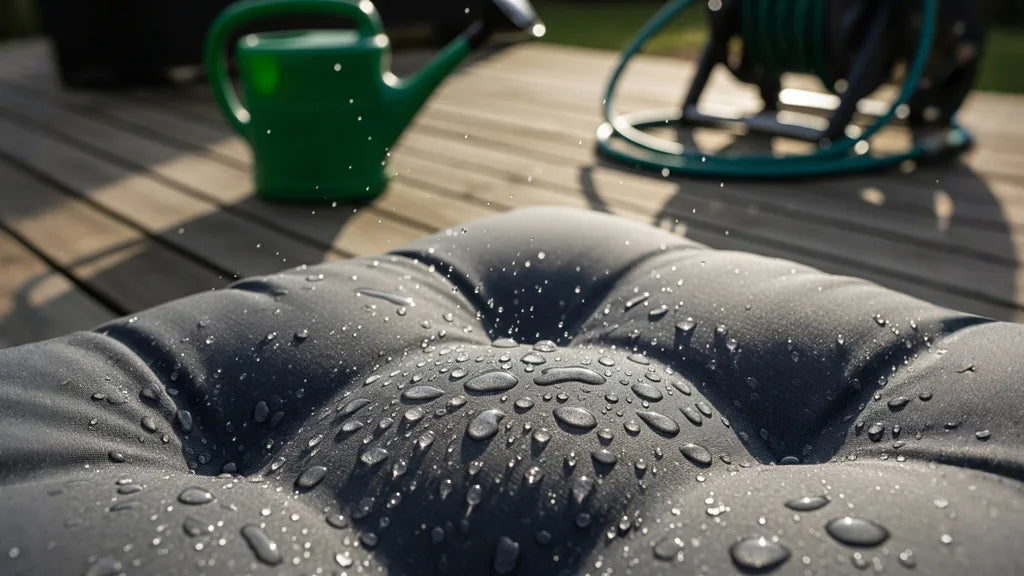

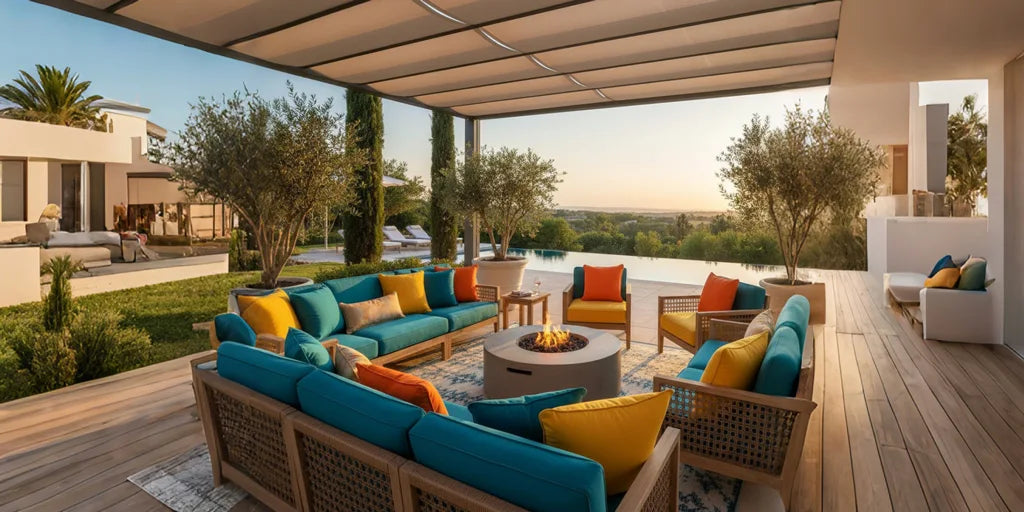
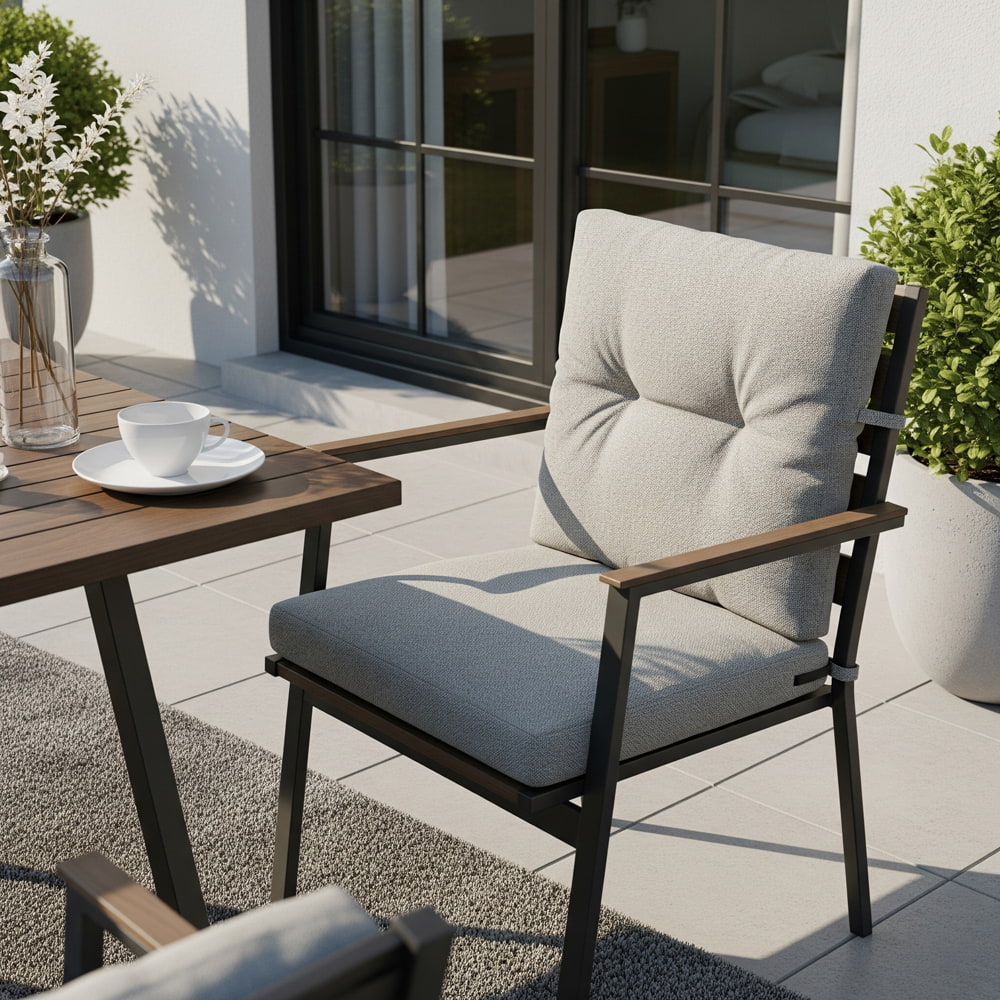

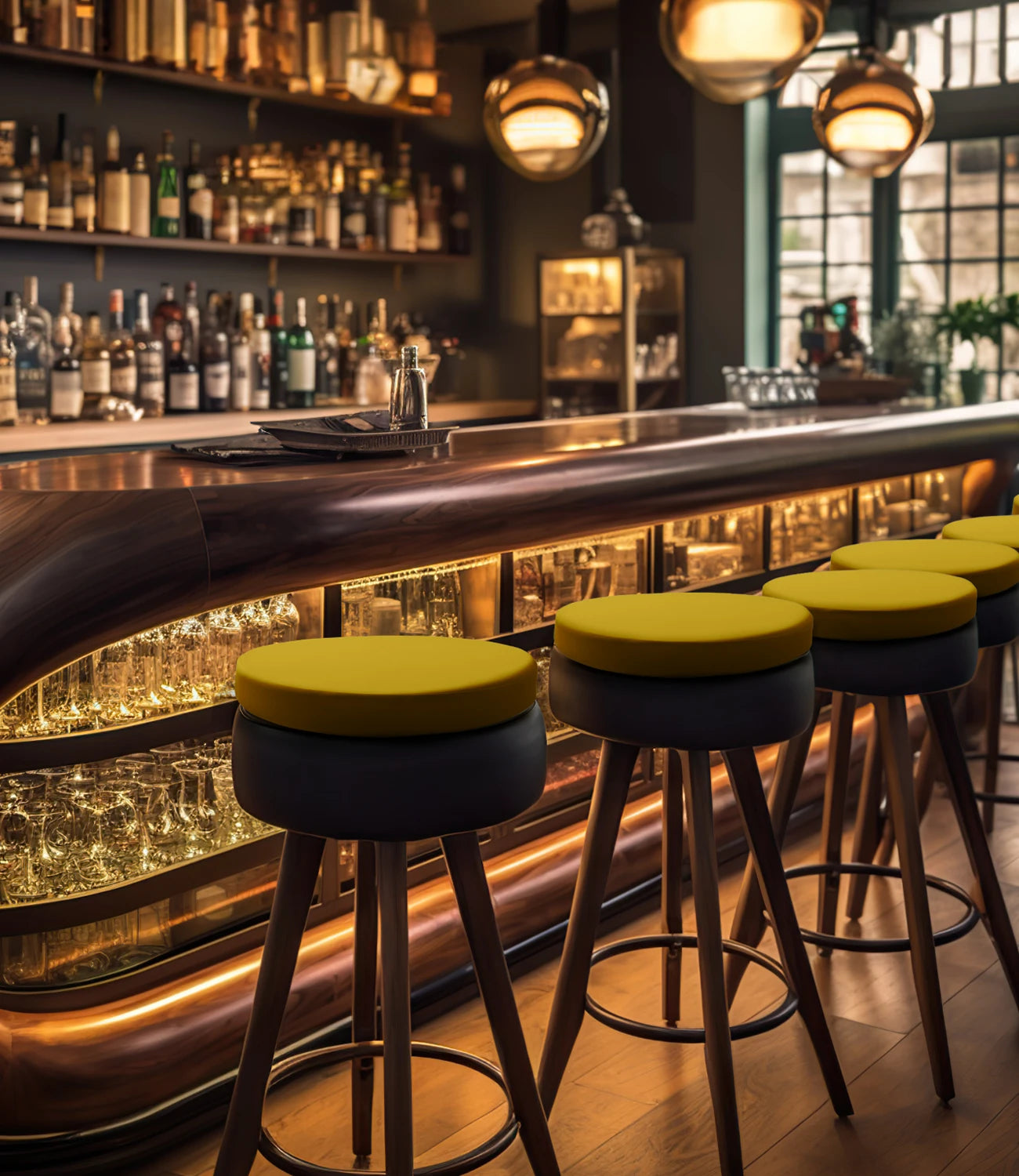
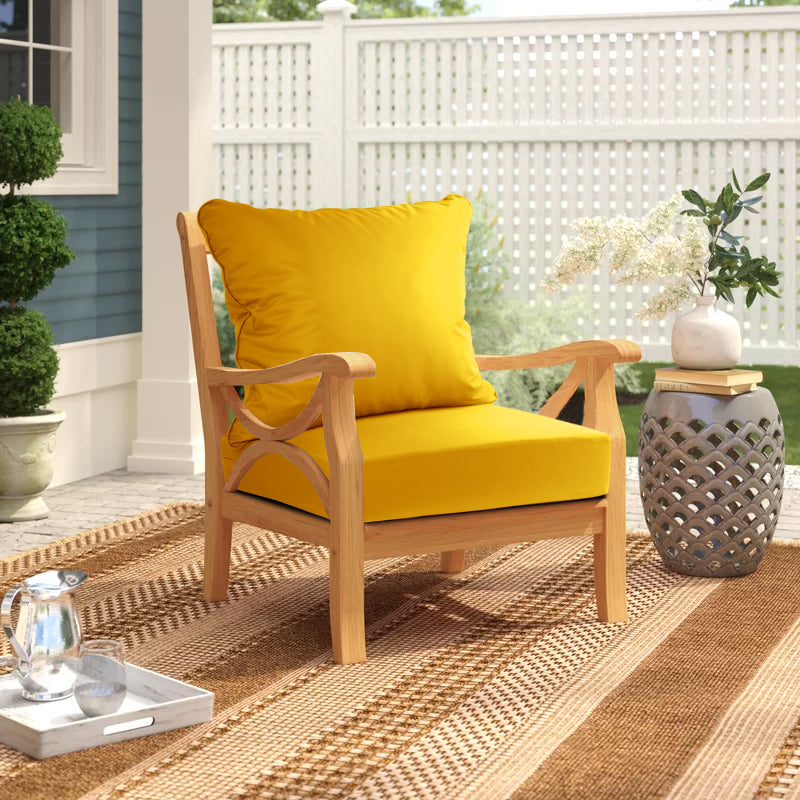
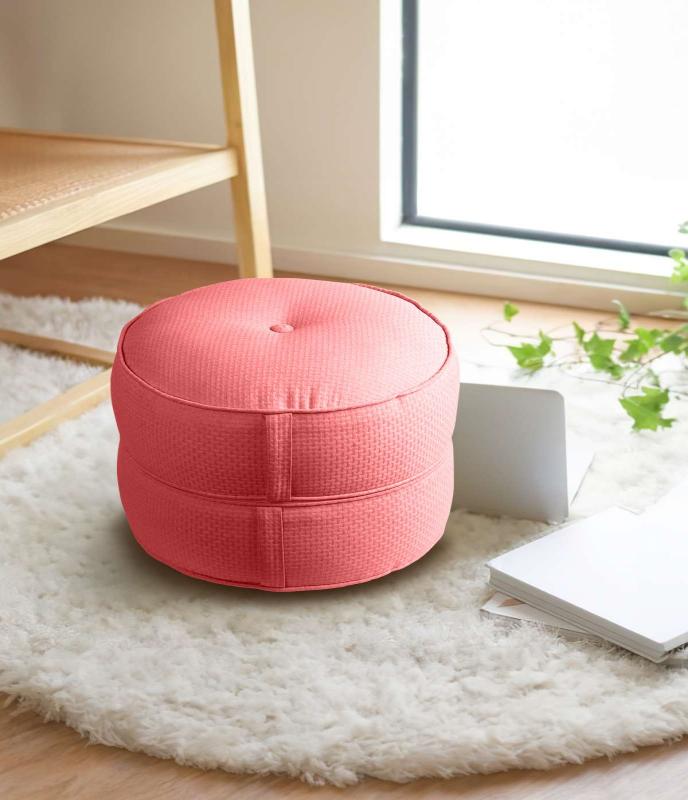
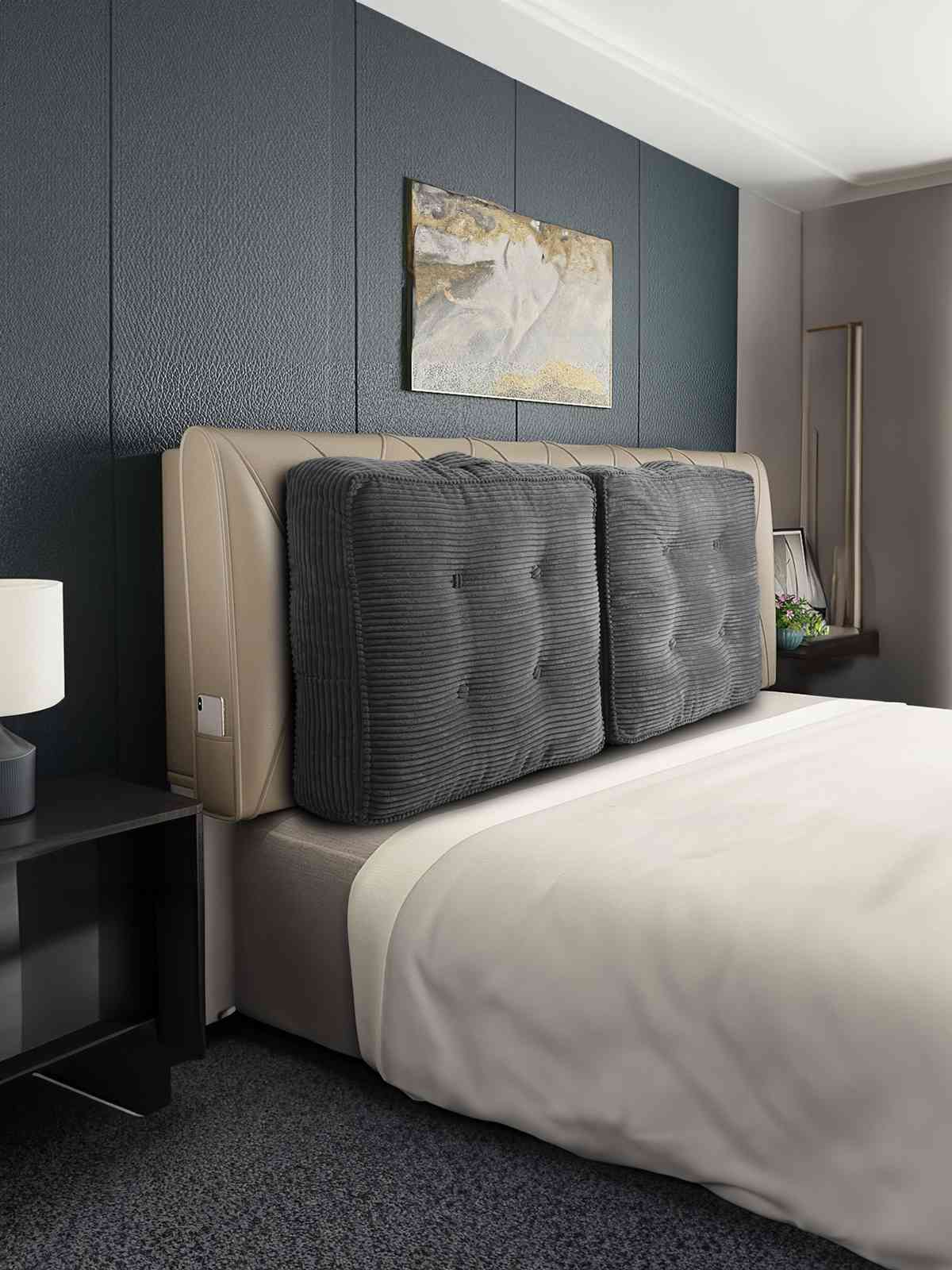
Leave a comment
All comments are moderated before being published.
This site is protected by hCaptcha and the hCaptcha Privacy Policy and Terms of Service apply.